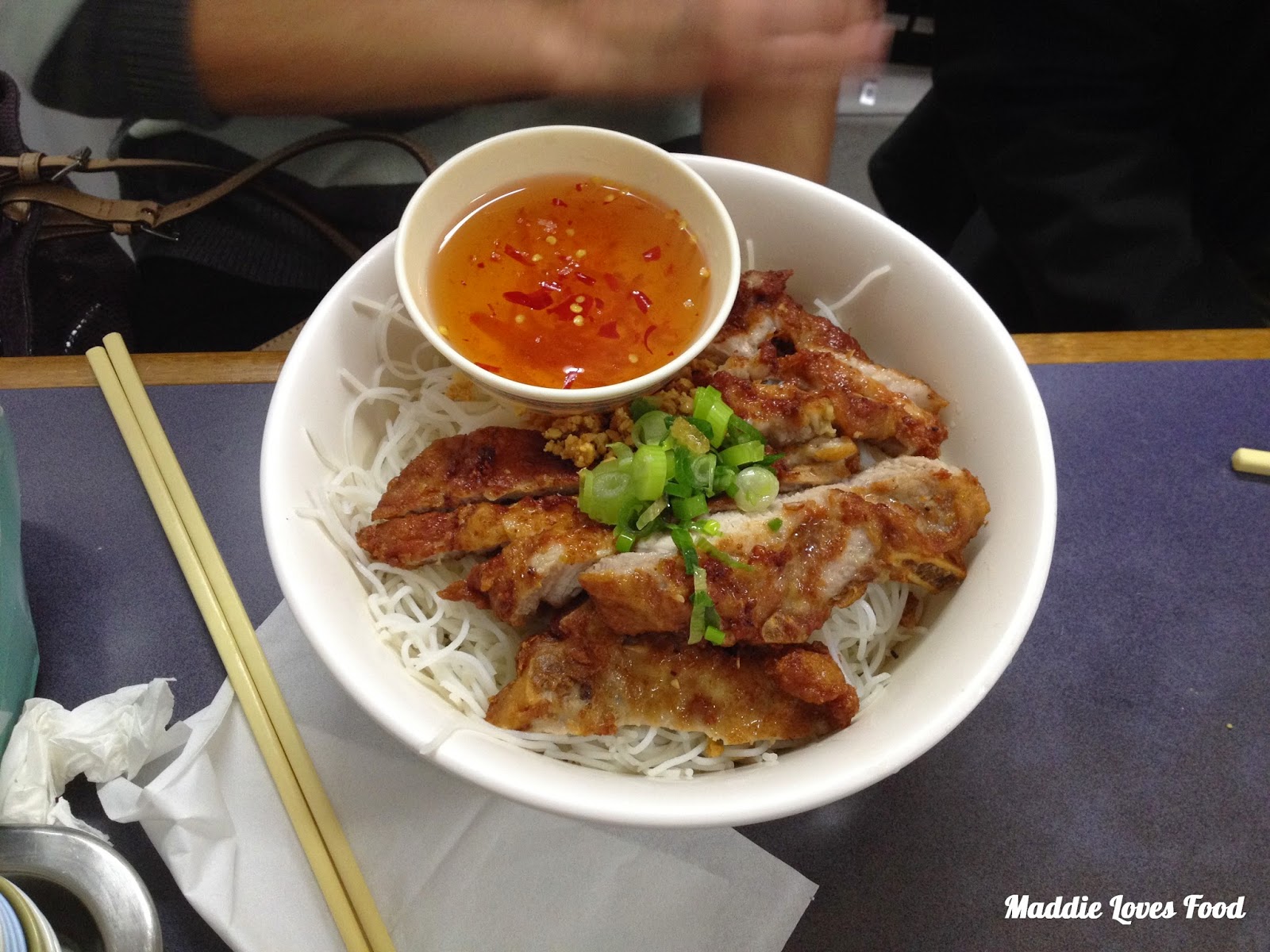I'd like to confess that I'm no Ramen connoisseur. I'm not one to religiously scope out Ramen eateries and rave about their broth intensity or collagen factor. My palette is not accustomed to the pork-rich flavour of Tonkostsu, nor the full, complexity of Miso Ramen. But, nevertheless, I do love noodles of any sort and will willingly pursue any noodle restaurant to seek out some squiggly goodness. And when a Japanese restaurant by the name of Ippudo extends its branch out to the reasonably new Central Park Complex, you'll bet I'll be there in a heartbeat.
Westfield's Ippudo restaurant in its high-class food court is renowned for it's authentic, full-bodied Ramen. The restaurant in Central Park is located in the ground level Dining District, across the path from Ribs and Burgers, a chic cafe called Autolyse, and next door to the dessert-lover's paradise, Max Brenner. The interior space is not as big as the Westfield branch, but large enough for a comfy space that doesn't feel like you're one in a hundred hungry noodle-slurpers. And, unlike the Westfield flagship, there's little wait (if any at all), at least in the early months since its opening in early October.
Westfield's Ippudo restaurant in its high-class food court is renowned for it's authentic, full-bodied Ramen. The restaurant in Central Park is located in the ground level Dining District, across the path from Ribs and Burgers, a chic cafe called Autolyse, and next door to the dessert-lover's paradise, Max Brenner. The interior space is not as big as the Westfield branch, but large enough for a comfy space that doesn't feel like you're one in a hundred hungry noodle-slurpers. And, unlike the Westfield flagship, there's little wait (if any at all), at least in the early months since its opening in early October.
- Sunday, December 07, 2014
- 1 Comments



























































